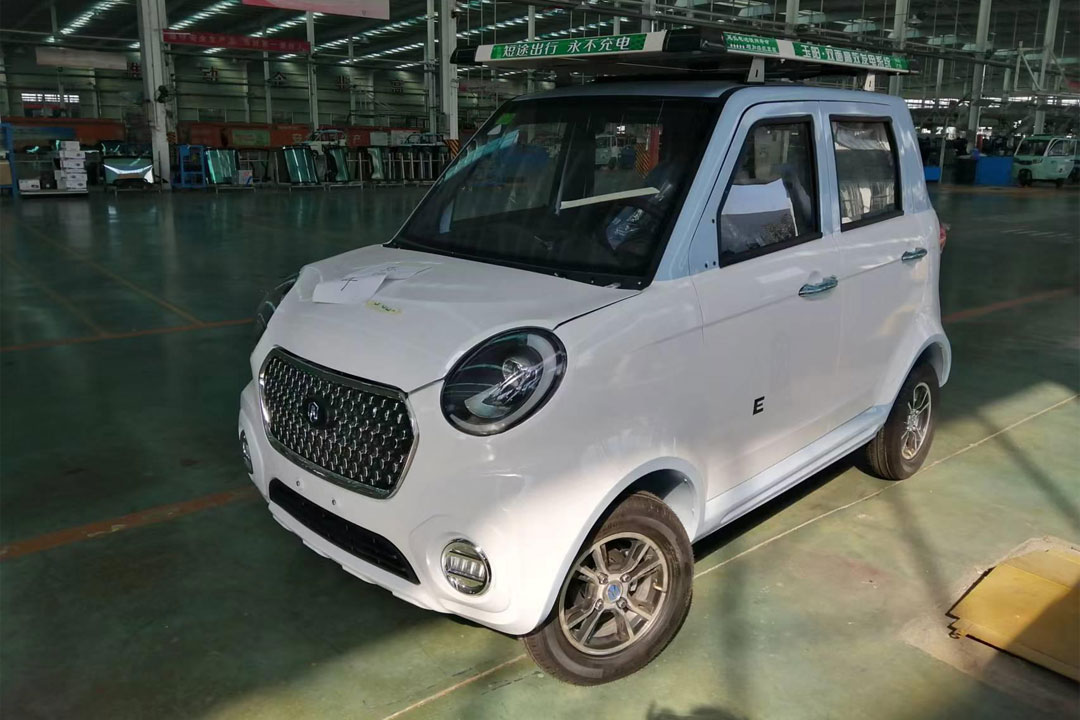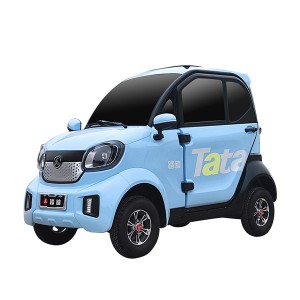With the increasing emphasis on environmental protection and concerns about urban traffic congestion, more and more consumers are considering purchasing low-speed electric vehicles. Low-speed electric vehicles are not only environmentally friendly but also provide convenient transportation for urban residents. However, when choosing to purchase a low-speed electric vehicle, consumers need to consider multiple factors to ensure they select a vehicle that suits their needs. This article will explore the key points for choosing a low-speed electric vehicle.
Understanding Usage Needs: Before purchasing a low-speed electric vehicle, consumers should have a clear understanding of their usage needs. For example, do they require long-range driving? Do they need to carry a large amount of cargo or passengers? Do they need to drive in different road conditions? For urban commuting, the range of the low-speed electric vehicle is typically an important consideration.
Considering Range: Range is an important factor affecting the user experience of low-speed electric vehicles. Consumers need to choose an appropriate range based on their driving needs. Generally, low-speed electric vehicles used for urban commuting can travel between 50 to 150 kilometers on a single charge. For long-distance travel or users who require longer range, they need to choose models with longer range capabilities.
Considering Charging Facilities: Before purchasing a low-speed electric vehicle, consumers should also consider the convenience of charging facilities. Is there a suitable place for charging at home? Are there charging stations nearby? Are there charging stations along the route? These factors will affect the convenience of using low-speed electric vehicles.
Considering Performance and Safety: In addition to range, consumers should also consider the performance and safety of low-speed electric vehicles. For example, the vehicle's acceleration, suspension system, and braking system. In addition, safety features such as airbags, ABS anti-lock braking systems, and vehicle stability control systems should also be carefully considered.
Considering After-Sales Service: Finally, when choosing to purchase a low-speed electric vehicle, consumers should also consider the quality of the brand's after-sales service. Choosing a brand with a good reputation and a comprehensive after-sales service system can better guarantee the maintenance and upkeep of the vehicle.
In summary, choosing to purchase a low-speed electric vehicle requires considering multiple factors, including usage needs, range, charging facilities, performance and safety, subsidy policies, and after-sales service. Only by considering these factors comprehensively can consumers select a low-speed electric vehicle that meets their individual needs, bringing more convenience and comfort to their travels.
- Previous: How to Choose the Right Electric Tricycle?
- Next: Potential and Challenges of the Electric Motorcycle Market in the Middle East
Post time: Mar-19-2024









